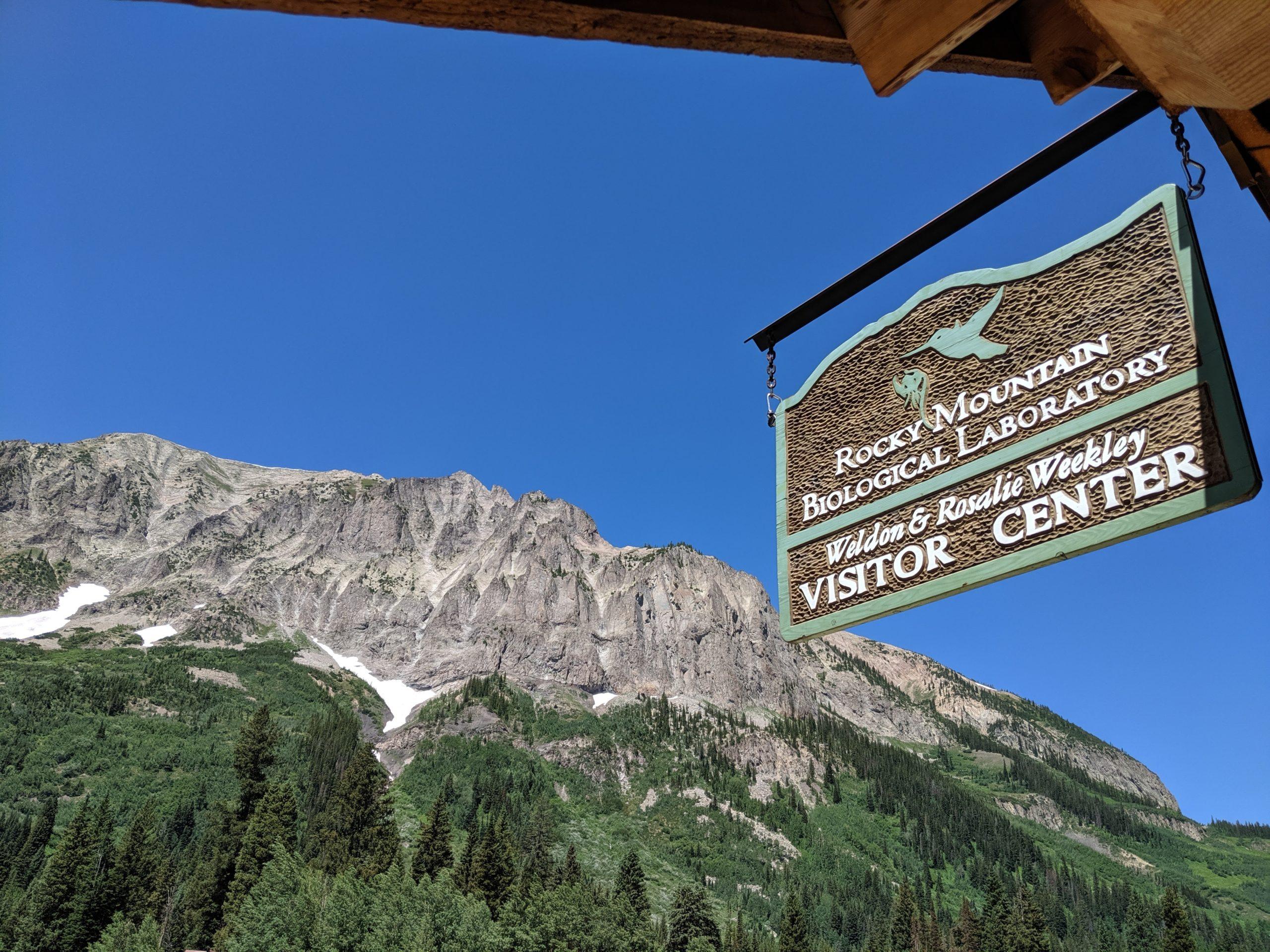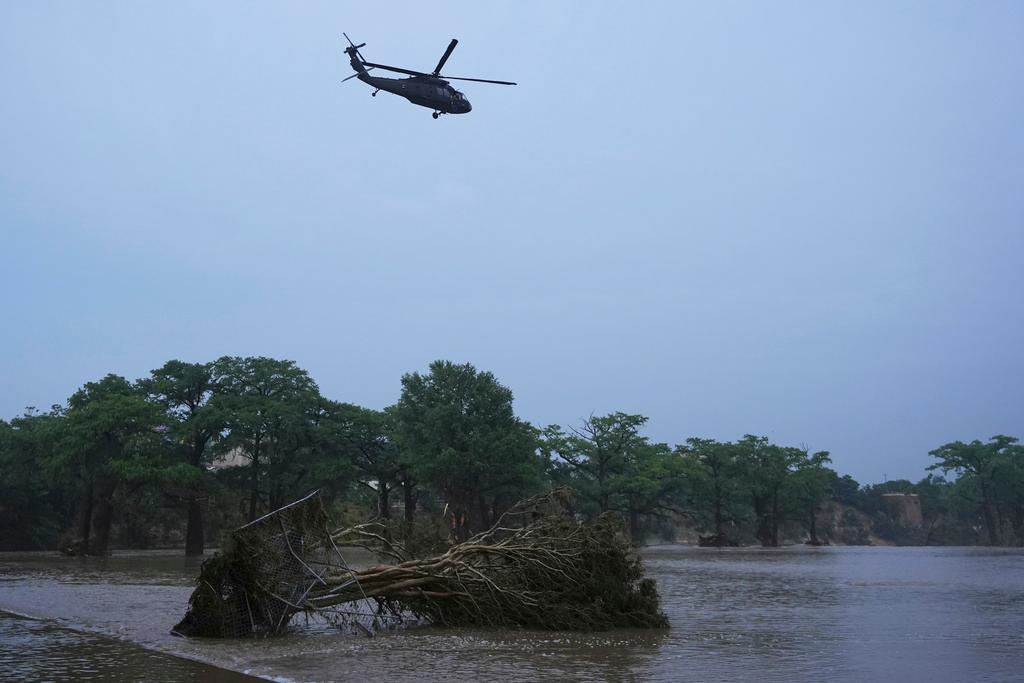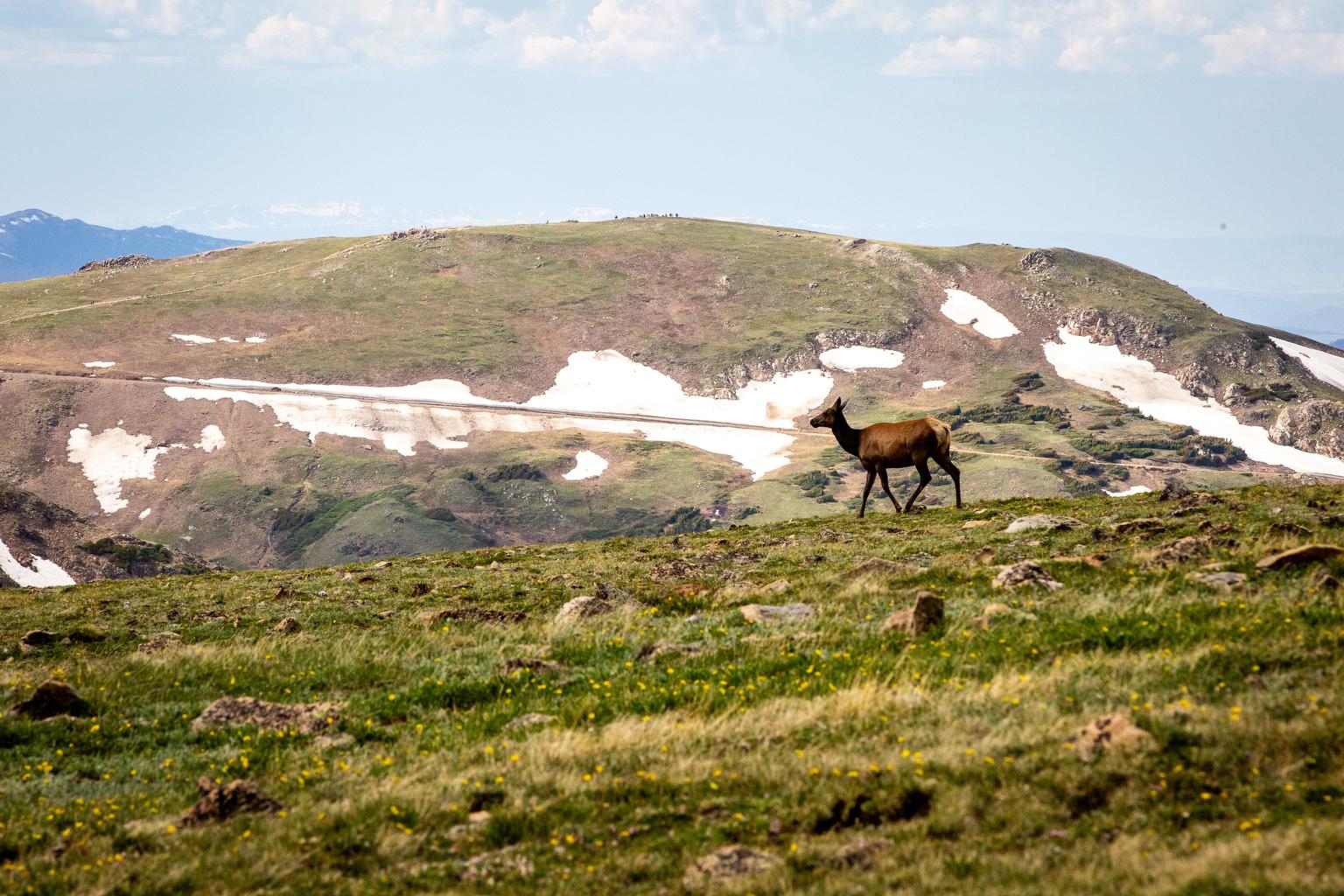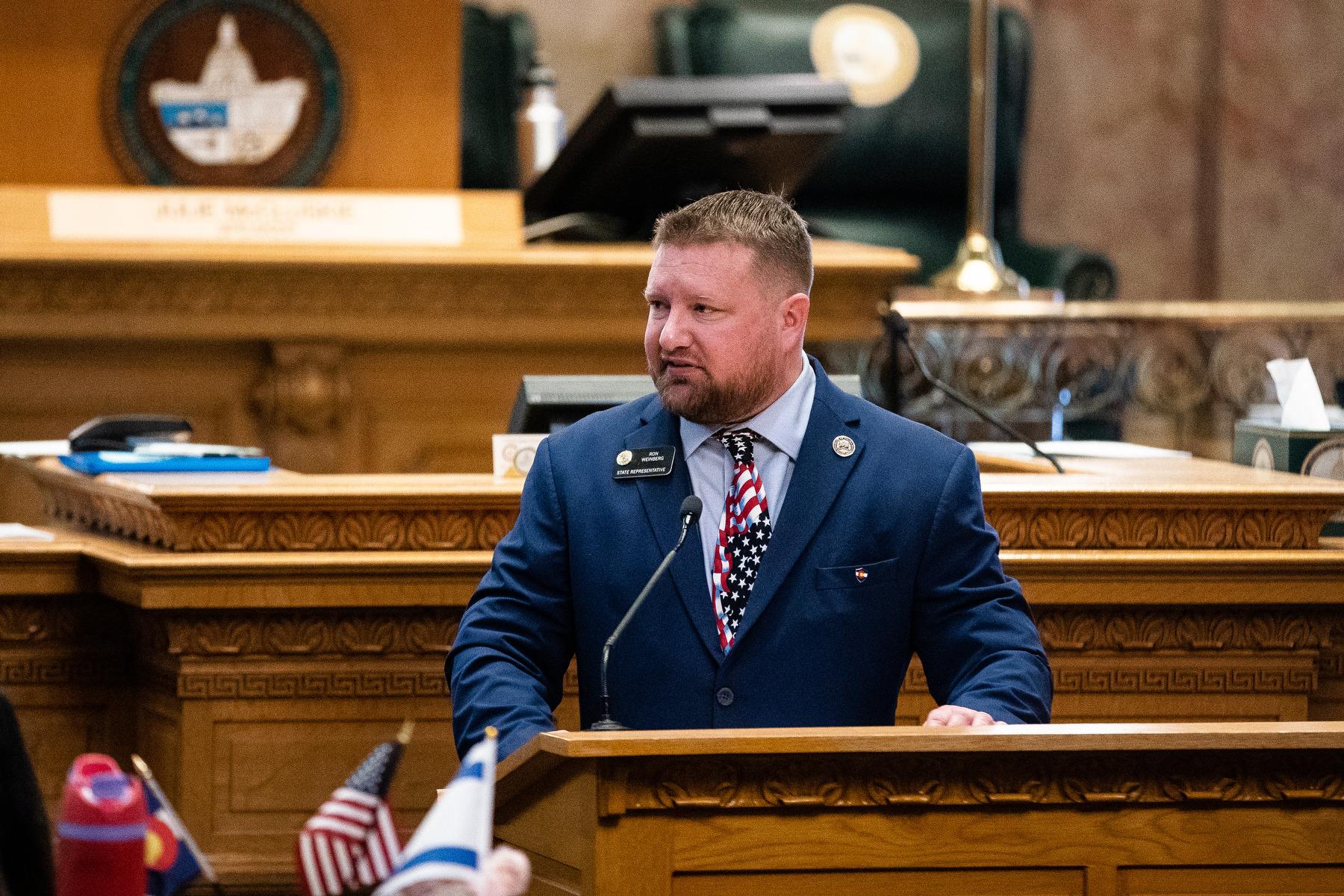
A laboratory on Colorado's Western Slope has been operating for nearly a century in the ghost town of Gothic.
After a deal with Colorado Open Lands that secured the lab's protection from development, the research might continue for another 100 years.
The Rocky Mountain Biological Laboratory, one of the oldest and most productive places for field research on Earth, will continue its work in perpetuity through a conservation easement.
Just north of Crested Butte, the site in Gothic has helped create one of the world's largest collections of long-term research. Ian Billick, executive director of the lab, said the land attracts scientists who want to study relatively natural landscapes. The easement secures that.
"Not only does [the agreement] limit the building potential, it really says this property is going to be used for research and education," Billick said.
The lab was founded in 1928, and Billick said the dedication to the work would continue no matter what, but the nonprofit organization wasn't quite as confident about the land. There were concerns that the land might someday be developed.
"We critically depend on Gunnison County, upon the towns, upon wonderful collaborations with the local ranches and with the Forest Service. And it's not as clear to them as to what our long term intention is," Billick said. "So this is really meant to send a signal to them that we're here in the landscape, we're going to be here forever, and we're going to figure out how to make it all work."
Billick said one of the challenges was crafting an easement that ensured that the $100 million of federally funded research invested in the lab could move forward.
"We just can't jeopardize that huge investment in science," Billick said. "I don't know how many drafts of the easement I have, but everybody was really thoughtful and spent a lot of time figuring it out."
Recent research from the Rocky Mountain Biological Laboratory includes findings on how hummingbirds see and airborne plastic pollution.
Tony Caliguri, president of Colorado Open Lands, said protecting Gothic is the "capstone" of the group's efforts to conserve much of the Gunnison Valley.
"In that region in general, there's been tremendous development pressure," Caliguri said. "The town of Gothic is unique and there's always the threat that it could be turned into a big commercial center or eventually a ski resort or something."









